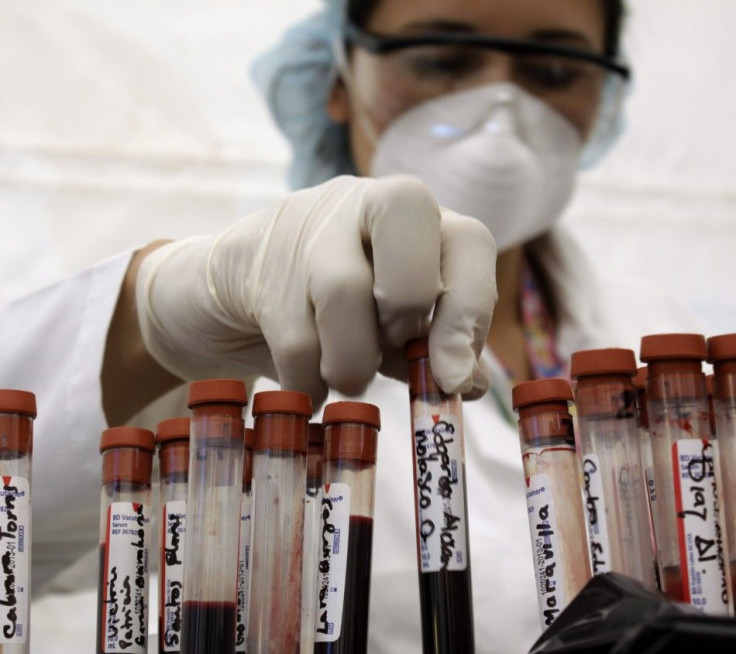HIV Rates of Black Women in High Risk Areas Rival Numbers in African Countries

HIV infection rates of black women in some U.S. cities are as high as rates in some African countries, according to a study presented Thursday at the Conference of Retroviruses and Opportunistic Infections.
Researchers followed black and Latino women who had never had a positive HIV test over the course of a year across several U.S. cities. After one year, five of the 2,100 women surveyed became positive for HIV, all black women, an infection rate of 24 per 10,000 black women, the researchers found.
The rate is nearly five times higher than the Centers for Disease Control and Prevention's estimate of 5 per 10,000.
Only black women became infected with HIV; during the year, none of the Latinas seroconverted.
(Black women) either think this won't happen to them or they still find it a sensitive issue to discuss, Dr. Carlos Del Rio, study author and a professor of medicine and infectious disease at Emory University, told ABC News.
Some even know their status and procrastinate on treatment. I've spoken with women who were tested a year or two ago and never got into treatment, he added.
The HIV infection rate was found to be comparable to the infection rates in Kenya (28 per 10,000 women) and the Democratic Republic of Congo (53 per 10,000 women).
Researchers said tackling the high HIV rates is going to be tough.
This is going to need some bold leadership and out-of-the-box thinking, Del Rio said. I do think it really can be stopped, though. It's not beyond hope and I honestly don't think it wouldn't even take that long to eradicate the disease, it just needs a lot of imagination.
Women tend not to put their medical conditions first, so getting women to get tested and get treatment is one of the biggest barriers to overcome, Patrice Henry, a patient advocate at John Hopkins, who was not involved in the study, told The Baltimore Sun.
Over 65 percent of new HIV infections occur in black women, according to the CDC. Dr. Sally Hodder, lead author and a professor of medicine at New Jersey Medical School told ABC News that there could be several reasons for why black women seem to get HIV at a disproportionate rate.
Slightly more than 40 percent of the women [in the study] did not know the HIV status of their last sexual partner, she said. And more than 40 percent of our participants had an annual household income of $10,000 or less.
Ten women died of reasons unrelated to HIV one year after the study ended, researchers said.
This just goes to show that women don't just have HIV risk to worry about in these areas of the country, Del Rio told ABC News. I've had women look at me and say, 'OK, I'm at high risk for HIV, but I'm also at high risk of getting shot.'
Risk factors for HIV include having sex with multiple partners, having sex without a condom and having sex with men who have sex with men, according to the National Institute of Allergy and Infection Diseases. In addition, sharing needles and having received a blood transfusion before 1978 puts you at risk as well.
HIV, human immunodeficiency virus, causes a failure of the immune system. Some people develop flu-like symptoms within a few weeks of being infected, but the majority shows no symptoms, according to the CDC. Approximately 25 percent of people infected with HIV do not know it, according to the CDC.
HIV will eventually turn into acquired immunodeficiency virus (AIDS).
There is no cure for HIV or AIDS, but treatment with a cocktail of medications helps. The average life expectancy of someone infected with HIV is 32 years if medication is started early, according to a 2006 study published in Med Care. The later treatment is started the shorter life expectancy becomes.
© Copyright IBTimes 2024. All rights reserved.





















